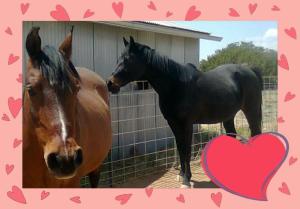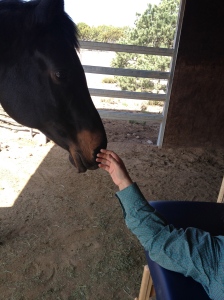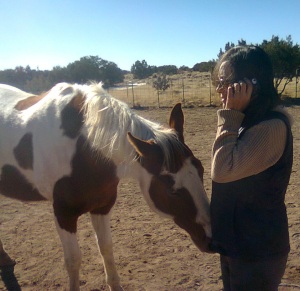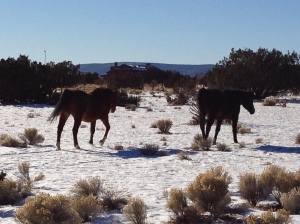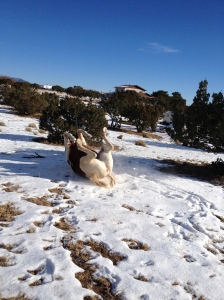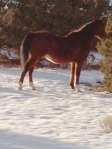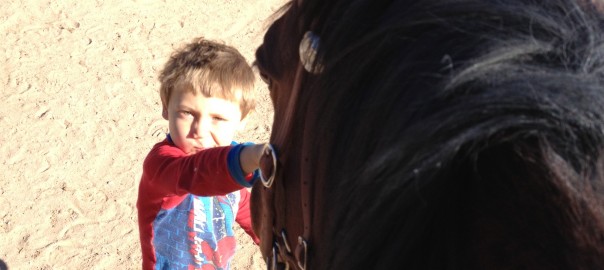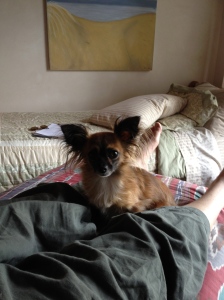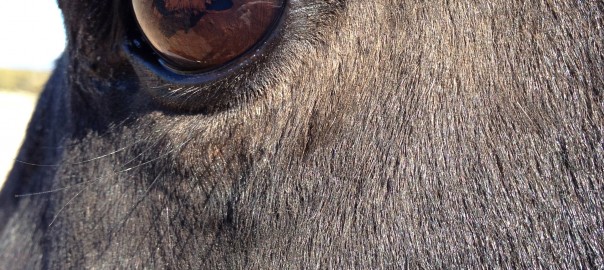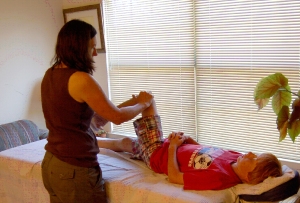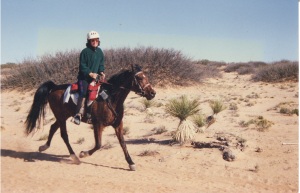You might laugh and say, “oh, how can that be? What’s wrong with loving your horse too much?”
It actually isn’t the loving, it’s the tipping over to please the horse that is the problem. One you tip, you lose your center. You’re no longer able to hold your leadership and your horse may take advantage of that and stop listening to you.



